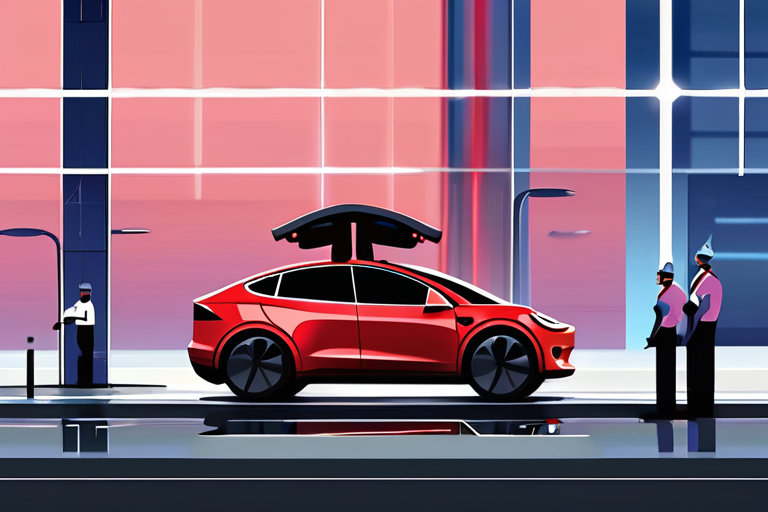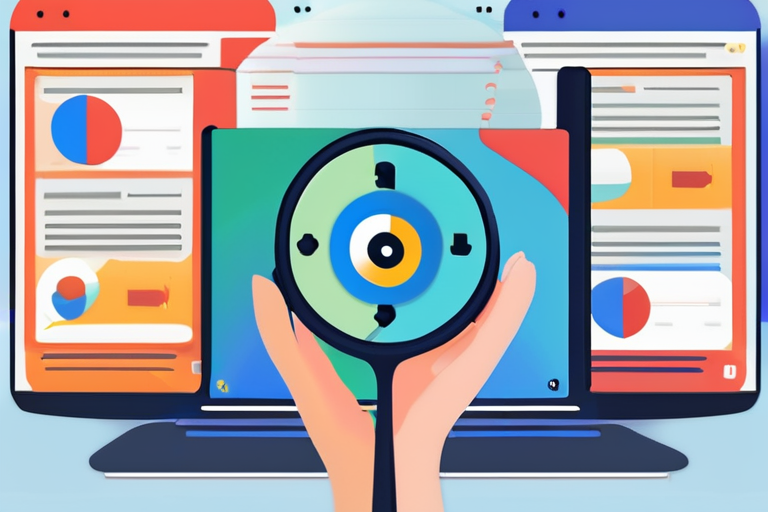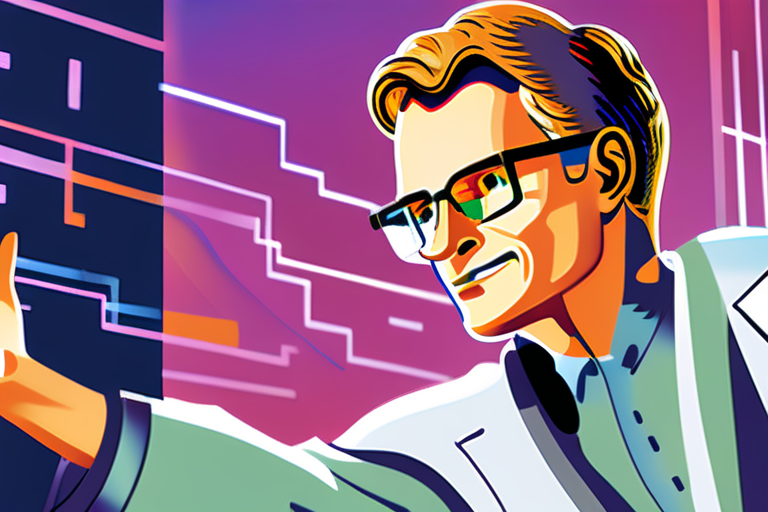Tesla's "Full Self-Driving" Software Under Investigation: A Closer Look at the Tech and Its Implications
As I stood on the sidewalk, watching a Tesla Model S glide through the intersection with ease, I couldn't help but feel a sense of awe. The car's advanced driver-assistance system (ADAS), known as Full Self-Driving (FSD), was navigating the complex traffic pattern with precision and speed. But what happened next would raise more questions than answers.
A few days later, I received an email from a concerned Tesla owner who had experienced a harrowing incident while using FSD on a highway. "I was driving at 70 mph when the car suddenly veered into the wrong lane," he wrote. "Luckily, no one was hurt, but it was a close call." This wasn't an isolated incident; in fact, it's just one of over 50 reports of FSD-related traffic safety violations that have been filed with the National Highway Traffic Safety Administration (NHTSA).
The investigation, which began last week, is a significant development for Tesla and its ambitious plans to revolutionize transportation. The NHTSA has opened an inquiry into FSD after receiving complaints about the software's performance in various scenarios, including running red lights and crossing into wrong lanes. Four of these incidents resulted in injuries, highlighting the potential risks associated with this advanced technology.
To understand the context behind this investigation, it's essential to delve into the world of autonomous driving and Tesla's approach to FSD. The company has been at the forefront of ADAS development, with its Autopilot system being one of the most sophisticated on the market. However, as we've seen in the past, even the most advanced technology can have its limitations.
In 2024, the NHTSA launched an investigation into Tesla's Autopilot system after identifying 13 fatal crashes related to its misuse. The agency closed this investigation in April of that year but left open a separate inquiry into the efficacy of the fix Tesla issued for Autopilot. This new investigation into FSD marks a significant escalation, as it targets one of the most advanced and highly publicized features of Tesla's vehicles.
So, what exactly is Full Self-Driving technology? In simple terms, FSD is an advanced driver-assistance system that enables vehicles to navigate complex traffic scenarios with minimal human intervention. It uses a combination of sensors, cameras, and mapping data to detect and respond to its surroundings in real-time. The software has been trained on vast amounts of data from Tesla's limited robotaxi pilot program, currently underway in Austin, Texas.
However, as we've seen with the recent reports, FSD is not immune to errors. In some cases, the software may misinterpret traffic signals or fail to respond to pedestrians or other vehicles. These incidents raise important questions about the safety and reliability of advanced driver-assistance systems like FSD.
"I'm concerned that Tesla is pushing the boundaries too far," said Dr. Raj Rajkumar, a leading expert in autonomous driving at Carnegie Mellon University. "While I believe FSD has tremendous potential, we need to ensure that it's safe and reliable before deploying it on public roads."
Tesla CEO Elon Musk has been vocal about his vision for a future with self-driving cars, but the company's approach has also raised eyebrows among industry experts. In an interview last year, Musk stated that Tesla would be releasing FSD in phases, starting with limited deployment in select areas.
"We're not just talking about getting from point A to point B," he said. "We're talking about creating a transportation system that's safer, more efficient, and more enjoyable."
While the investigation into FSD is ongoing, it's essential to remember that this technology has the potential to revolutionize transportation as we know it. However, it's also crucial to acknowledge the risks associated with its development and deployment.
As I reflect on my experience watching the Tesla Model S navigate the intersection, I'm reminded of the complexities involved in developing advanced driver-assistance systems like FSD. While this technology holds tremendous promise, it's clear that there's still much work to be done before we can trust our lives to these sophisticated machines.
The NHTSA investigation into FSD is a critical step towards ensuring the safety and reliability of this technology. As we move forward, it's essential for Tesla and other industry players to prioritize transparency, accountability, and rigorous testing to ensure that their products meet the highest standards of safety and performance.
In the end, the future of transportation will be shaped by our collective willingness to innovate, experiment, and learn from our mistakes. As we navigate this complex landscape, one thing is clear: the development of advanced driver-assistance systems like FSD requires a nuanced understanding of both technology and human behavior.
*Based on reporting by Techcrunch.*



 Hoppi
Hoppi

 Hoppi
Hoppi

 Hoppi
Hoppi
 Hoppi
Hoppi

 Hoppi
Hoppi
 Hoppi
Hoppi









